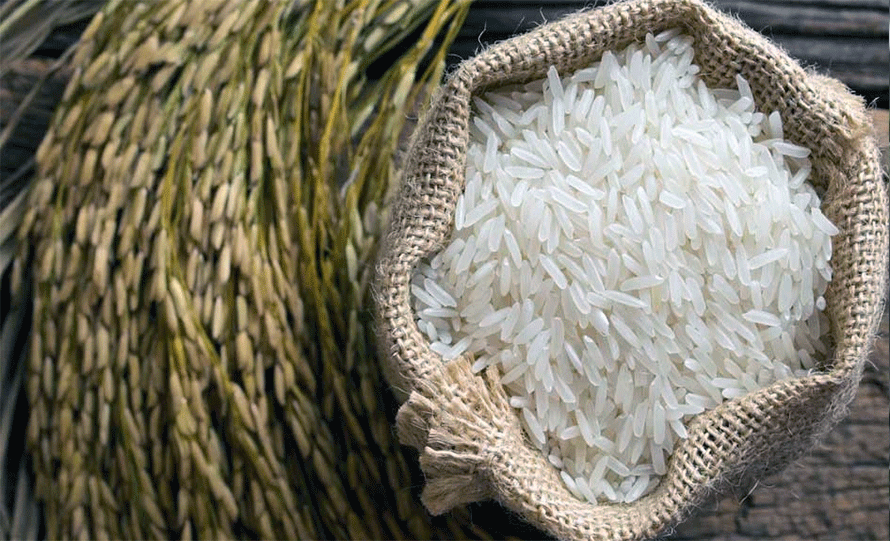
Food deficiency and crisis are synonyms in the Karnali region of Nepal. As an intervention to address the food crisis, the government distributes rice at subsidised rates in different districts of the region including Humla.
The Panchayat government started to airlift rice in Karnali in 1972 to address food deficiency for the first time, and it is still ongoing. Food Management and Trading Company (previously Nepal Food Corporation) and World Food Programme (WFP) are the principal organisations that supply rice in Nepal’s food deficit districts.
The WFP started providing rice in Karnali in 1996. Every year, though the government distributes subsidised rice in Karnali, food deficiency has never been mitigated rather the problem has increased.
It should change now.
The mismatch
Rice is a staple food grain, and more than 90 per cent of Nepalis depend on rice for their everyday diet. Till the 1980s, rice also was the major export from Nepal, but it began to import rice by the end of the decade. Nepal imported 590,015,393 kilos of rice in 2016/17; India is the biggest rice exporter to Nepal.
The demand for rice has increased by 10 per cent each year. Out of Nepal’s total rice cultivation area (1,531,494 ha), 70 per cent is in the Terai, 26 per cent in the mid-hill, and 4 per cent in the mountains. The majority of the Karnali region’s land is not arable; rather, only one per cent of the land is cultivatable for crops.
Hence, promoting rice as a stable food is not favourable in addressing food deficiency there. But, sadly, this has been the case every time.

Past, present and the future
The food requirement of this region was fulfilled by barter trade with Tibet since pre-history. The barter trade of various goods with Tibet was the lifeline of the Himalayan region’s people for year-round sustenance. But, this lifeline got disrupted when the caravan barter trade between Nepal and Tibet ended.
Meanwhile, the locals began to perceive local food consumption as backward and low-status and preferred rice, and imported food grains. People stopped growing locally cultivable food grain and were highly dependent upon rice, resulting in food deficiency.
The food crisis is only the effect, and the main problem is the end of traditional barter trade with Tibet. The transportation cost to take rice to the Karnali region is more than the actual price of rice. Thus, the strategy to distribute rice at a subsidised rate to address the food deficiency problem of Karnali was an immature decision.
Providing subsidised rice to address the food crisis is only a short–term solution, but in the long run, it seems counterproductive as it increases the dependency. Thus, in order to reduce the food crisis in the Karnali region, it is essential for people there to give priority to the local cuisine, which is organic and healthy. Similarly, the government should facilitate trade between the Chinese and the locals of the Himalayan regions of Nepal.



















